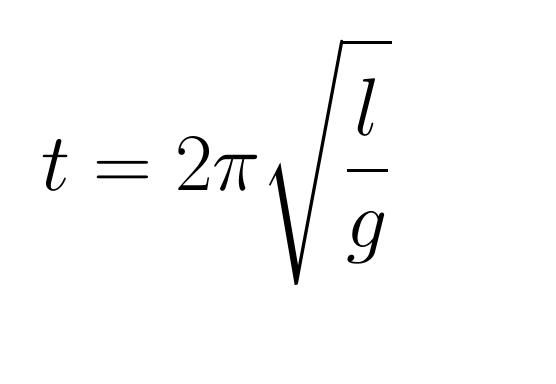My clock with CF rod terminates the rod at the halfway point of the CI bob. There is a short M4 stud projecting from the rod, and the "nut" that holds the bob is an MS bar that nearly fills the lower hole to try to get equal amounts of iron above and below the bob centre. The period is slightly less than 2s, deliberately, and the displayed time is corrected by slipping it back by a second every so often (148 swings currently). The dial is an original Synchronome one without seconds hand, driven by a stepper motor, advancing the minute hand by 1/400 rev every 9s. The clock sits next to a radio controlled clock and at the moment whenever I look at the dial it seems to be within 15s or less of "real" time.
The rod is suspended by a relatively short beryllium copper spring clamped between brass chops – the expansion of the spring can't be neglected in the overall thermal compensation (though I don't know what it is!).
Pendulum period is measured by a "picPET" that counts 10 MHz pulses from an OCXO, the readings being logged by a Raspberry Pi and downloaded every few weeks. This system has a resolution of better than a microsecond. The Pi also logs temperature and pressure from a Bosch BMP280 sensor.
The clock is definitely sensitive to temperature, and analysing the results gives a rate variation of ~ +2 usec /*C. That is, the rate increases with temperature. This may be the rod having a slight positive length coefficient, or the suspension. Another issue is that atmospheric pressure varies, and air density depends on pressure and temperature. At the same pressure, if the air gets hotter its density decreases, so the bob weighs more because buoyancy is less, so the period would decrease. But also the drag decreases, amplitude increases, decreasing the period due to circular deviation! And as amplitude changes, the escapement error changes and that has another effect! So disentangling all this is rather complicated – I'm logging pressure and amplitude as well as period and so far have not reached any real conclusion. At the moment I do have an experimental brass temperature compensation sleeve fitted above the bob but I couldn't really say yet how much affect it has had.
Harrison was aiming to balance all these effects out in his RAS clock on which the Burgess "Clock B" at Greenwich is based. Certainly Clock B succeeds in this. However nether Clock B nor what survives of the RAS clock has adjustable suspension cheeks though the latter has signs of something that might have been intended to allow that. Also both use circular cheeks, which don't compensate circular error except over a very small amplitude range. Regulating Clock B required selecting-on-test the suspension spring to have the right flexibility to wrap to the cheeks a suitable amount, and adjusting the running amplitude using the remontoire to get zero sensitivity to pressure changes.
John Haine.






